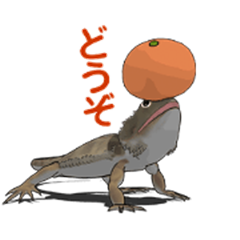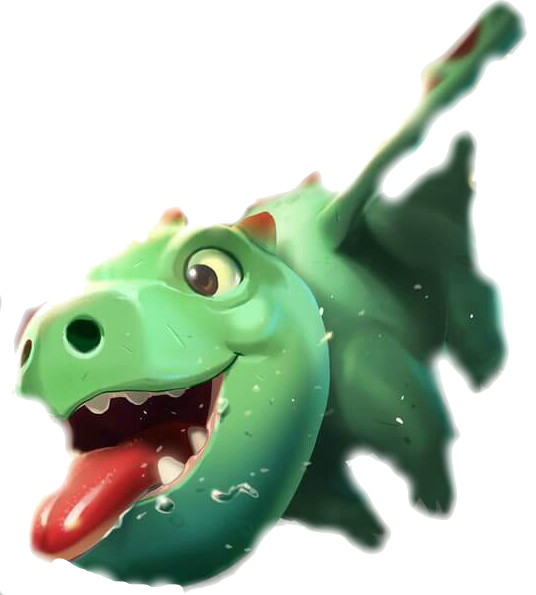How to Treat Tail Rot in Your Bearded Dragon - The Ultimate Guide
What is Tail Rot in Bearded Dragons?
Tail rot, also known as tail necrosis, is a common health issue in bearded dragons. It occurs when the tail is injured or develops an infection, which causes the tissue to die and decay. This condition can easily spread and affect other areas of your bearded dragon’s body, leading to more serious problems. Therefore, it is crucial to detect and treat tail rot as soon as possible to prevent it from spreading and causing long-term damage.
Symptoms of Tail Rot in Bearded Dragons

The early signs of tail rot in bearded dragons are often subtle and easy to miss. Some of the common symptoms include:
- Black, brown or gray discoloration at the end of the tail
- Swelling or inflammation around the infected area
- Open sores or wounds that won’t heal
- Bleeding or discharge from the tail
- Loss of appetite and lethargy
If you notice any of these signs, it is important to take your bearded dragon to a veterinarian for a proper diagnosis and treatment plan. Tail rot can progress quickly and cause long-term damage if not treated promptly.
Causes of Tail Rot in Bearded Dragons
Tail rot can be caused by a variety of factors, such as:
- Injury or trauma to the tail
- Poor hygiene and sanitation in the enclosure
- Bacterial or fungal infections
- Parasites
- Vitamin and mineral deficiencies
Bearded dragons are susceptible to tail rot if they are housed in dirty or overcrowded environments, fed an improper diet, or are not provided with proper care and attention. Therefore, it is important to maintain a clean and healthy environment for your bearded dragon and provide them with the nutrients and supplements they need to stay healthy.
Diagnosis of Tail Rot in Bearded Dragons

To diagnose tail rot in your bearded dragon, a veterinarian will perform a physical examination, as well as blood and fecal tests to check for infections, parasites, and other health issues. They may also perform X-rays or ultrasounds to determine the extent of the damage to the tail and surrounding tissues. Based on the results of these tests, the veterinarian will develop a treatment plan tailored to your bearded dragon’s individual needs.
Treatment of Tail Rot in Bearded Dragons
The treatment for tail rot in your bearded dragon will depend on the severity and progression of the disease. In general, the following steps are taken to treat tail rot:
- Antibiotic or antifungal medications to treat infections
- Cleaning and disinfecting the affected area
- Removing dead tissue and promoting wound healing
- Providing pain relief and supportive care
- Adjusting the enclosure and diet to improve overall health
In severe cases, amputation of the affected portion of the tail may be necessary to prevent the disease from spreading and causing further damage. Your veterinarian will discuss the options and risks involved in a tail amputation surgery.
Prevention of Tail Rot in Bearded Dragons

The best way to prevent tail rot in your bearded dragon is by providing them with proper care and attention. Here are some tips to keep your bearded dragon healthy and happy:
- Maintain a clean and hygienic enclosure
- Provide a proper diet with adequate calcium and vitamin D3
- Ensure proper humidity and temperature levels in the enclosure
- Avoid overcrowding and stress
- Handle your bearded dragon gently and avoid rough play
- Regularly monitor your bearded dragon for signs of illness or injury
By following these guidelines and providing your bearded dragon with the care and attention they need, you can help prevent the occurrence of tail rot and other health issues. If you notice any signs of illness or injury, don’t hesitate to contact your veterinarian for advice and treatment.
